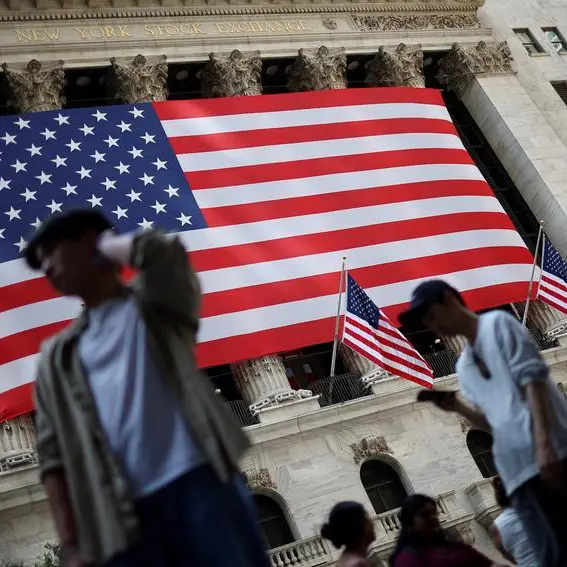Given the significant capital investment required to fit-out and operate retail locations, it would seem logical that a well-crafted brand strategy and store design would be essential. If you’re going to spend the time and money to open a store, the experience should be compelling and memorable, right?
If you consider some of the better international retail brands (The Gap, Nike, McDonald’s, Louis Vuitton), you must agree that one reason for their success is their commitment to follow an “international best practices” process that delivers a powerful branded retail environment.
The process is no real secret. The secret lies in adhering to the process and ensuring that the phases are sequential and cumulative. That is, the process must be followed in the right order and you can’t skip ahead because you will lose critical building blocks of information.
Decisions made in the early stages are fundamental and strategic; the process must have integrity in order to deliver results. The early phases are critical as they form the raison d’etre (reason for being) for the design concept. Many companies skip over this part in order to see pretty pictures of store interiors sooner; this is a critical mistake.
In general, I recommend a simple process with a few fundamental components:
- Research the market/your customer
This is one of the areas of real weakness in many retail plans, which is understandable given the difficulty of acquiring quality data. However, that is no excuse for not using every avenue available to gather sound data on your customer profile and what they need/want. After all, this data will be the basis for your brand and product strategy. You need to get this right.
- Strategy
I often ask clients if they have a business or brand strategy and the answer is usually yes. However, when I ask to see the strategy document, clients are frequently unable to produce one. Your strategy is the reference point for most future decision-making. Write it down, share it with all your staff, explain why this strategy has been chosen, get your senior management team committed to it, operationalize it and convert it into a culture. This is the most critical reference point for decision making so it needs to be crystallized, documented and shared.
- Branding
Strategy is a largely internal function while branding is the external representation of that strategy. This is where you must think like a customer: what is the physical or experiential expression of your strategy relative to your consumers lifestyle? A simple brand strategy platform would include pillars, character, essence, positioning and desired customer response (simple to say, often more difficult to agree upon!). Again, this needs to be clearly articulated and communicated to everyone, especially your advertising and design consultants. Be prepared to think laterally and be creative as your strategy needs to be unique and compelling. Be aspirational, your goal should be to impress, amaze and captivate your customer. Think WOW!
- Design
This is where you receive the benefit of the hard work in the first three steps: converting strategy into design. If you have good documentation of the process and a design consultant who is strategic, you will quickly receive a concept that accurately reflects your business objectives. This is the true “value-add” to be gained from this process: effective and focused design solutions. I have found that without a clear strategic direction this phase can be fragmented, contentious and slow. In projects where there has been a solid effort earlier in the process, this phase is dynamic and profound - the realization of your vision.
- Implementation
Although a tactical function, the execution of the concept requires diligence and carefully managed compromise. Of course, there will always be issues that need revisiting, but in general the core objective is to ensure continuity with phases 1 - 4. As issues arise, it is a simple exercise of revisiting the strategy and brand using it as a reference point for decisions. It is as simple as:
- identifying the issue
- review in the context of the strategy/brand
Does it fit in with your strategy and brand? Yes? Then it’s in!
Does it waiver from your strategy and brand? Then it’s out)
- discussion of viable options
- make decision
- Concept evolution
A new concept is rarely, if ever, perfect right out of the box. All concepts need refinement and adjustment of some kind. If nothing else, changes in market conditions or the behavior of consumers dictates that you review the performance of your concept and adapt as required. You always need to be thinking about how to make it better. Consumers are always evolving and changing their shopping patterns, so you need to as well!
Best in class retailers, the ones that have been truly successful, place great importance on brand strategy and designing the customer experience. They recognize that there is tremendous value in doing it right. There is simply too much at stake (time, money, brand equity, consumer loyalty, etc.) not to follow a proven and well-documented process.
Key success factors
There are a couple of underlying key success factors mentioned above that are genuinely important and require special mention:
- The process for creating compelling retail environments is understood; the secret lies in the execution.
- Invest in intellectual capital (steps 1 - 3). A sound brand strategy will always generate much better ROI.
- You must define and document your strategy. It will save enormous amounts of time and money later in the process.
- Think like a customer! Are you meeting their need and wants? How do you connect with them on an emotional level?
- Never stay still, always keep innovating. Your customers are always changing, so you need to be aware of changes in the market and adapt to remain relevant.
Consumers have more choices than ever, so you must differentiate yourself and provide a compelling reason for consumers to choose you.
Your store is right next to one of your biggest competitors. A consumer walks by and will go in to your store or theirs. They have a choice to make.
Why would they choose you?
© Opinion 2021Any opinions expressed in this article are the author’s own
Disclaimer: This article is provided for informational purposes only. The content does not provide tax, legal or investment advice or opinion regarding the suitability, value or profitability of any particular security, portfolio or investment strategy. Read our full disclaimer policy here.





















